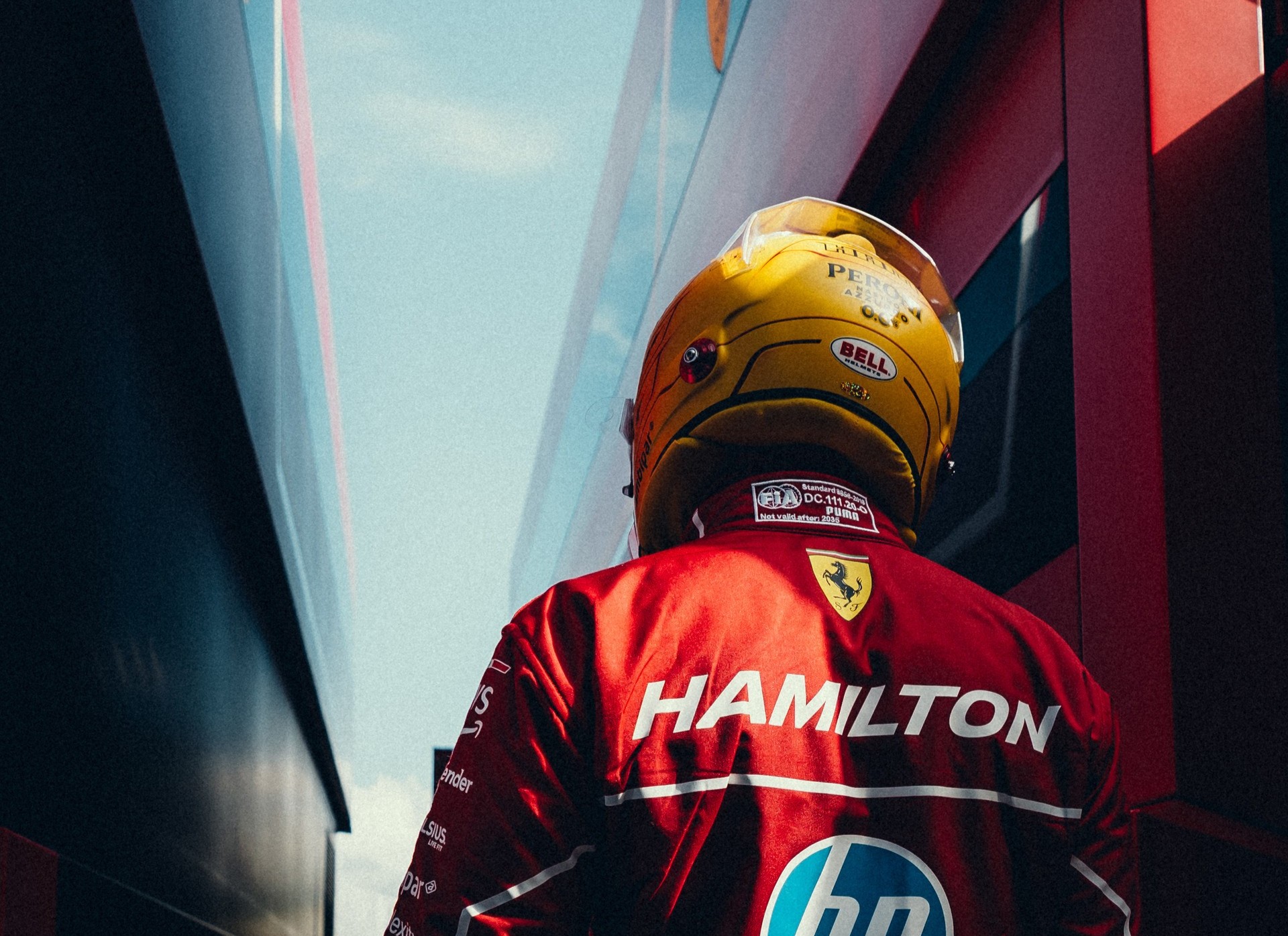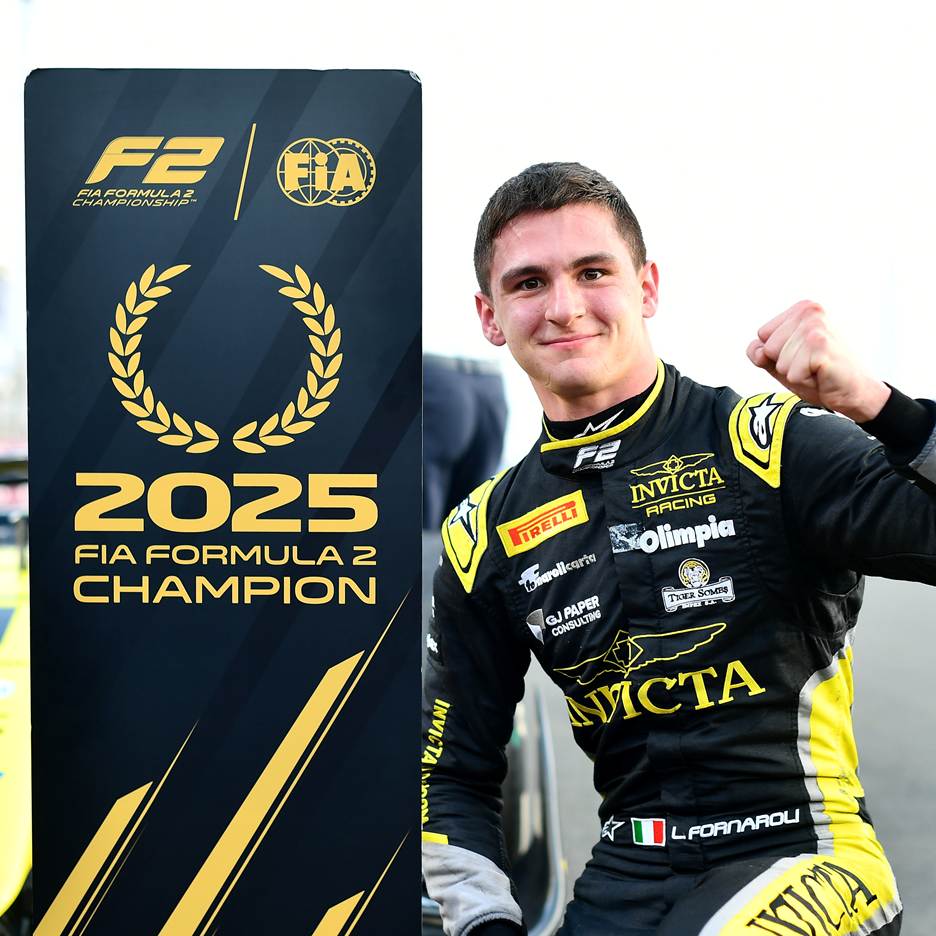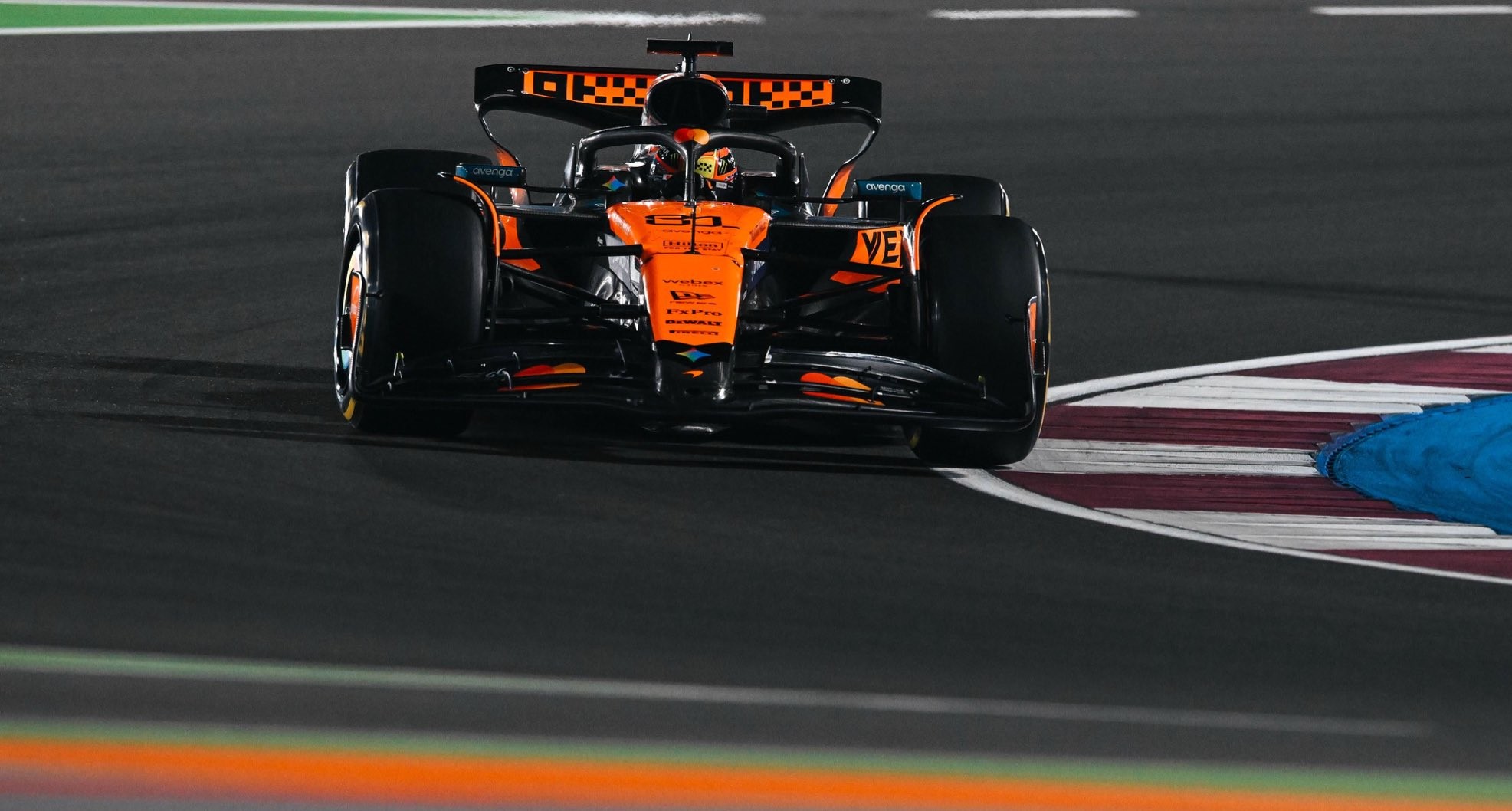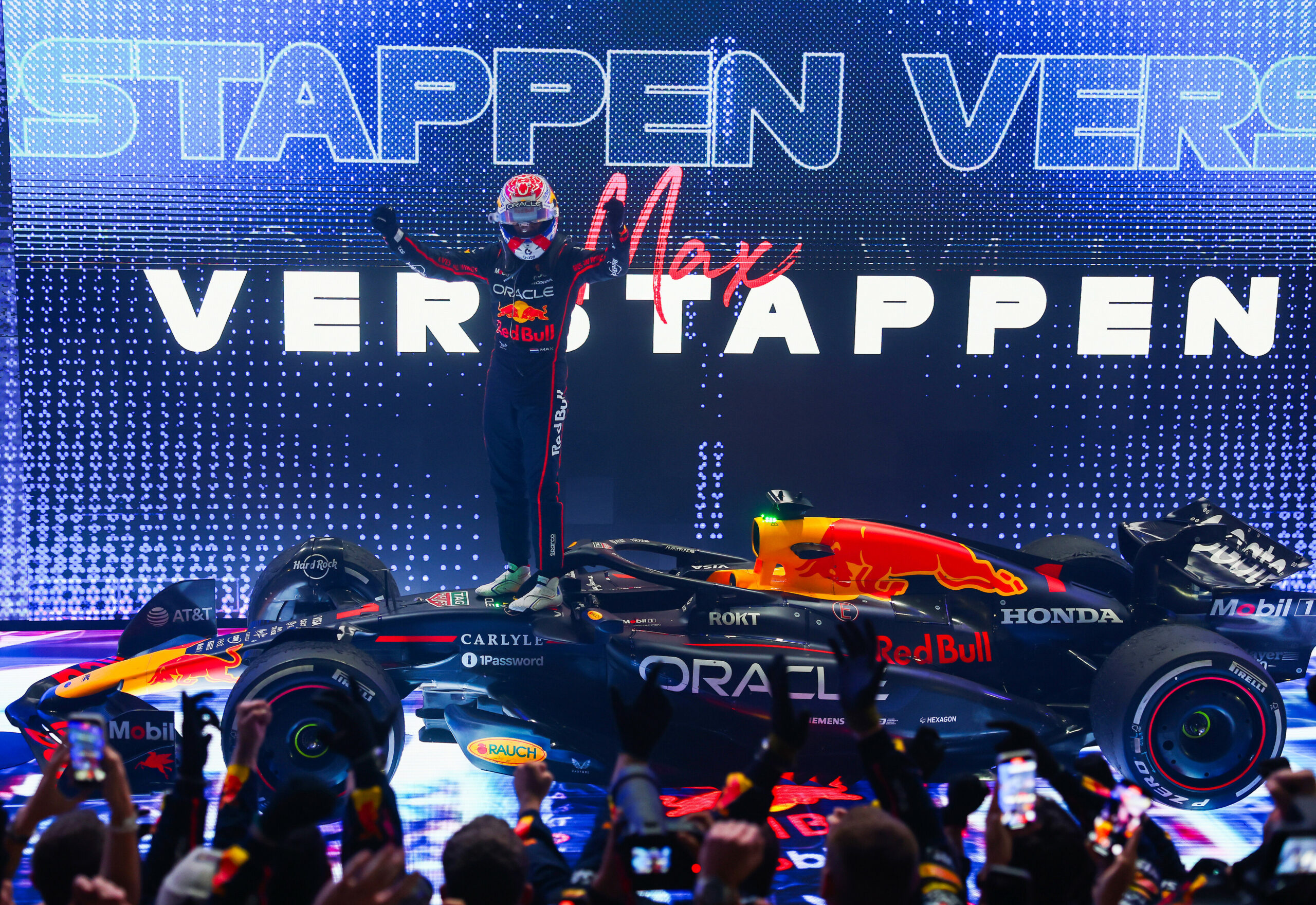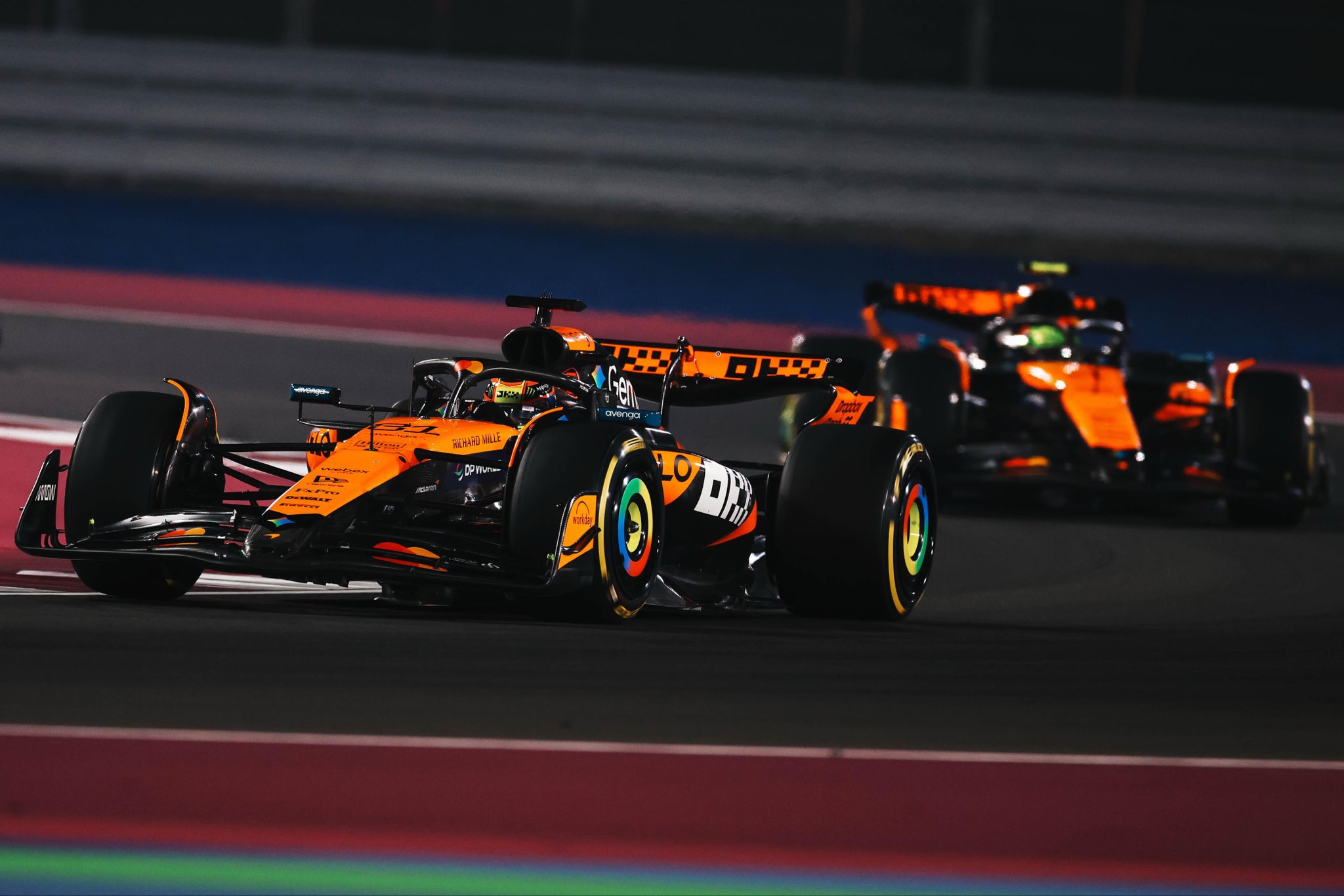Lewis Hamilton has been given a 5-place grid penalty for the Italian GP, for a yellow flag infringement during the installation laps for the 2025 F1 Dutch GP – below you can see a full rundown of the stewards’ decisions and penalties following the race.
The reason for double-waved yellow flags
Hamilton was noted before the race for a yellow flag infringement on his laps to the grid, which would be investigated after the grand prix. At the time, it wasn’t clear what was the nature of the incident, but now it has been revealed that the race director instructed all teams and drivers of a constant double-waved yellow at the banked final turn during the reconnaissance laps, to mitigate the dangerous nature of the corner.
“Due to the nature of the track, the Race Director had informed all participants that the last corner before the pit lane would have double yellow flags waved.
“This was to ensure the safety of those on the grid and in the pit lane,” the document read.
Why Hamilton failed to demonstrate “greatly reduced speed”
However, Hamilton’s Ferrari had gone through that section only 20 km/h slower than his regular laps in free practice sessions, indicating that he didn’t “significantly” reduce his speed through the banking, and even in the pit entry, which could have had dangerous consequences for working personnel on the grid and in the pit lane, given it is a much busier time than during the actual race or any previous sessions:
“The regulations require that any driver passing through a double waved yellow flag marshalling sector ‘reduce speed significantly…’. In addition, Article 44.1 requires all drivers covering more than one reconnaissance lap to drive down the pit entry road at ‘greatly reduced speed’.
“The data showed that the driver had entered the double yellow sector approximately 20kph less than his speed at the same point in practice sessions, had reduced throttle application in the order of 10% to 20% and had lifted and braked 70 metres earlier when entering the pit lane.
“We did not consider that a 20kph reduction in speed at a double waved yellow sector constituted reducing speed ‘significantly’. We also did not consider the speed at which the driver entered the pit entry road as being at a ‘greatly’ reduced speed.”
The mitigating circumstances
The stewards explained that whilst the standard penalty for such an infraction would be a 10-place grid drop at the next race, they considered that Hamilton had made a genuine attempt to slow down – although not enough – and thus reduced it to a 5-place grid drop and two penalty points in his license.
“The penalty guidelines for such an infringement would ordinarily attract a penalty of 10 grid positions at the next race,” it read. “However, given that the driver had made an attempt to reduce his speed and to brake earlier, we took that into account as mitigating circumstances and imposed a 5 grid place penalty.”
The penalty means Hamilton will start his first ever Italian GP at Monza as a Ferrari driver carrying a penalty, and brings his total license points to 2 of the 12 allowed for a 12-month period.
Leclerc avoids penalty for “racing incident”
Elsewhere on the grid, Charles Leclerc escaped a penalty for his bold move around the outside of George Russell’s Mercedes into turn 11, when he barged his way through the gravel and made slight contact with the sidepod of the Mercedes driver.
The stewards’ decision explains that there is no “clear evidence” that Leclerc left the track during his overtaking maneuver on Russell, and reached the same conclusion as both drivers in believing that it was simply a “racing incident” and no further action needed to be taken following the F1 Dutch GP:
“We investigated, with the benefit of the driving standards guidelines, whether either driver should have done something different. We also looked into whether Car 16 remained on the track or left the track at Turn 12.
“The available evidence was inconclusive as to whether Car 16 left the track. Both team representatives were in agreement that there was no clear evidence that Car 16 had left the track.
“Both drivers felt that this was a racing incident and that there should be no further consequence to either driver for the incident. We reviewed all the available evidence and arrived at the same conclusion.
“We accordingly took no further action.”
Bortoleto cleared for “driving under unsafe conditions”
Gabriel Bortoleto was also involved in an incident at turn 12, when he made contact with Lance Stroll on the opening lap of the F1 Dutch GP. Although far less dramatic, the slight contact with the Aston Martin made the endplate of the Sauber’s front wing start to disintegrate as the race went on, and it finally completely broke down a few laps later, leaving lots of debris on the circuit.
The FIA says that the endplate isn’t considered a “structural element” of the wing, and recognized that the missing pieces didn’t interrupt with the course of the race or any other driver, thus taking no further action against the Brazilian or his team.
“We reviewed the directive and found that it did not apply as the dislodgement of the wing element in this instance did not result in a race intervention to remove it nor did it result in any damage to any other car.
“In the circumstances, we took no further action.”

